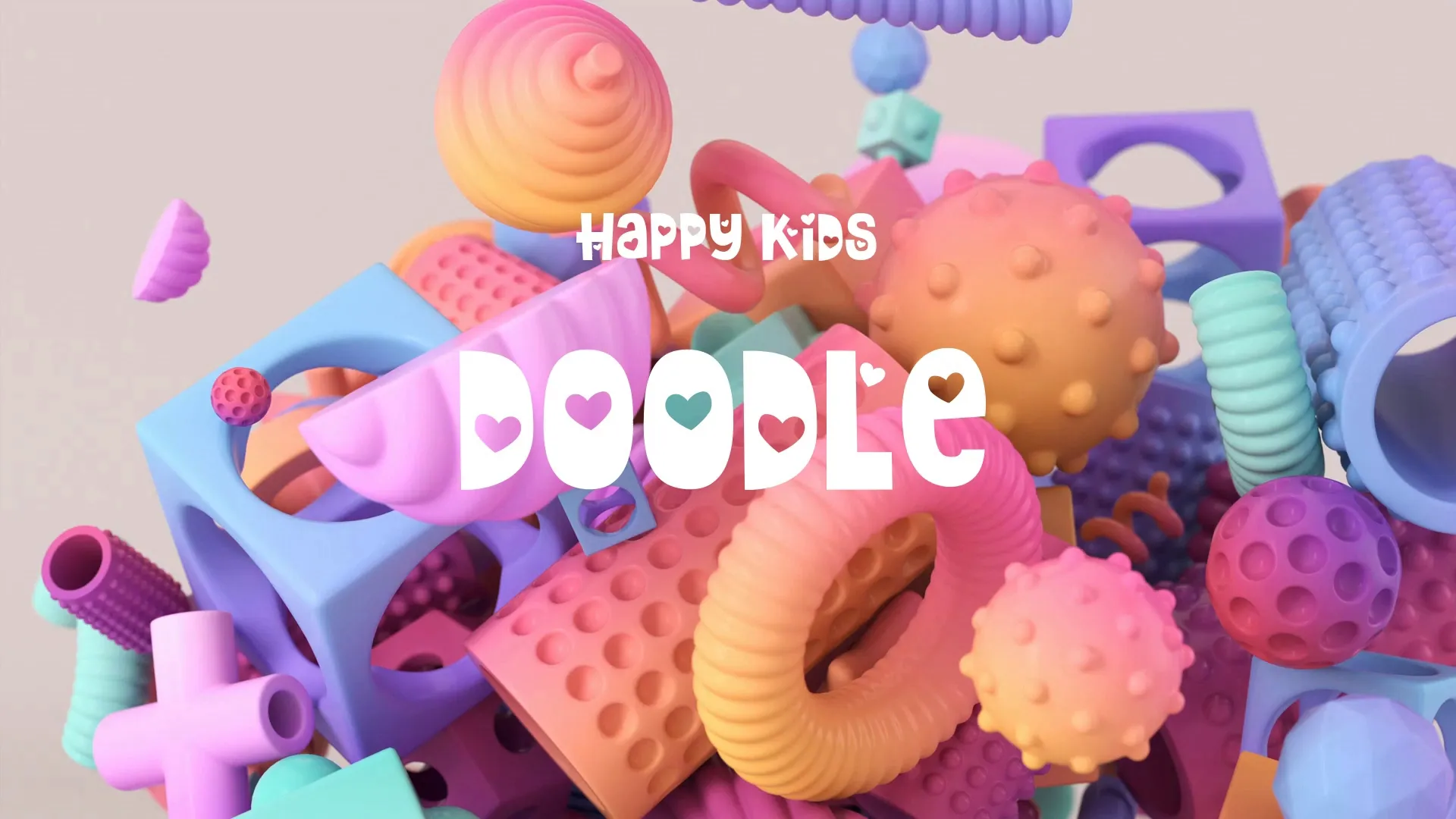Royalty-Free Visual Assets for Apps & Games: License Types Explained
Royalty-Free Visual Assets for Apps & Games: License Types Explained
Integrating visual assets efficiently is crucial for accelerating game development. Royalty-free assets offer a significant advantage, allowing developers to focus on core mechanics rather than creating every single visual element from scratch. However, understanding the nuances of royalty-free image license types is paramount for legal and commercial confidence.
Decoding Royalty-Free: Beyond the Basics
Royalty-free doesn’t mean cost-free or restriction-free; it means you pay a one-time fee or access assets under a specific agreement, then use them without ongoing royalties. This model is invaluable for indie developers seeking to maintain budget control and streamline their production pipeline. Misinterpreting these licenses is a common pitfall that can lead to legal complications down the line.
Common Royalty-Free Visual Asset License Types
Different platforms and asset creators employ various license structures, each with distinct permissions and limitations. Familiarizing yourself with these types is essential for confident commercial use.
1. Standard Royalty-Free License
This is the most common license type, typically allowing broad usage in commercial projects without attribution. You can use assets for game development, app interfaces, marketing materials, and more. This license usually prohibits redistribution of the asset itself or its use in products where the asset is the primary value, such as selling the texture as a standalone product.
2. Editorial Use Only License
Assets under this license are restricted to non-commercial, news-worthy, or educational contexts. They are unsuitable for game development or any commercial application. Attempting to use editorial assets commercially is a significant legal risk and should be avoided.
3. Extended or Enhanced License
For broader usage rights, such as using assets in merchandise, templates for resale, or for larger print runs, an extended license is often required. This typically comes at a higher cost but provides greater flexibility for commercial applications beyond direct game integration. Always check if your specific commercial intent, like selling game-themed merchandise, necessitates an extended license.
4. Creative Commons Licenses
Creative Commons (CC) licenses offer a spectrum of permissions, from very open to quite restrictive. CC0 (Public Domain) means no rights reserved, allowing complete freedom. CC BY (Attribution) requires you to credit the creator, while CC BY-SA (ShareAlike) demands that any derivative work be licensed under the same terms. Always verify the specific CC variant attached to an asset, as some are not suitable for commercial use or require specific attribution methods.
5. Custom or Platform-Specific Licenses
Many asset marketplaces, like Wayline’s Strafekit, have their own custom royalty-free licenses. These licenses are tailored to their specific offerings and often simplify the terms for game developers. Always read the terms of service for each platform before downloading and using assets. Wayline’s assets, for example, are royalty-free for commercial use in your games without additional fees.
Using Royalty-Free Fonts Commercially
Fonts also fall under licensing considerations. Many fonts are available with royalty-free licenses, allowing commercial use in your game’s UI, marketing, and branding. However, some fonts might have specific restrictions, such as prohibiting embedding in software or requiring a separate license for web use. Always check the font’s EULA (End User License Agreement) to ensure compliance with your commercial project.
Workflow Optimization for Managing Royalty-Free Assets
Effective management of royalty-free assets is key to maintaining development momentum. Implement a clear organizational structure from the outset. Create dedicated folders for downloaded assets, categorizing them by type (e.g., 2D sprites, 3D models, textures, fonts) and source. Include a licenses subfolder within each asset pack to store the associated license files or direct links to their terms.
Consider using a version control system for your assets, even for static files, to track changes and easily revert if needed. For larger teams, a digital asset management (DAM) system can centralize assets and their metadata, including license information. Proper organization prevents licensing confusion and accelerates integration. When working with 3D models, understanding asset pipelines and tools like Blender is crucial; for instance, learning Blender: How to Flip Normals can be vital for correctly orienting imported assets.
Common Pitfalls and How to Avoid Them
- Ignoring the Fine Print: Never assume a ‘royalty-free’ label means ‘do anything you want.’ Always read the full license agreement. This is the most common and easily avoidable pitfall.
- Misinterpreting Editorial Use: Using an ‘editorial use only’ image in your commercial game is a direct license violation. Double-check the license type for every asset.
- Inadequate Attribution: For licenses requiring attribution (like some Creative Commons types), ensure you provide credit exactly as specified. Failure to do so can lead to legal issues.
- Redistributing Assets: Most royalty-free licenses prohibit redistributing the raw asset itself. You can use it in your game, but you cannot offer the asset file for download or sale separately.
- Lack of Documentation: Failing to keep records of where each asset came from and its specific license can create significant headaches during legal review or if a dispute arises. Maintain a simple spreadsheet or text file alongside your assets.
Conclusion
Leveraging royalty-free visual assets is a powerful strategy to accelerate game development and control costs. By thoroughly understanding the various license types and implementing robust asset management practices, you can confidently integrate these resources into your games and apps. Prioritize due diligence in licensing to ensure your project remains legally sound and commercially viable. Build your game faster and smarter by making informed choices about your visual assets.
Create a free account, or log in.
Gain access to free articles, game development tools, and game assets.























